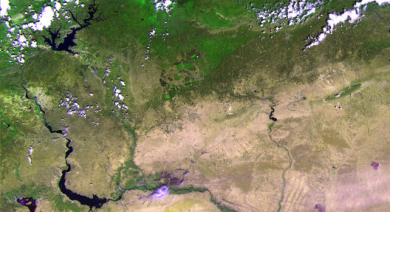Scientists from the Wildlife Conservation Society, the University of Queensland, and Stanford University have produced a world map indicated the most and least vulnerable areas to climate change, as ScienceDaily reported. With this map, that indicates the global distribution of the climate stability/ecoregional intactness relationship, the authors aim to support governments, environmental agencies, and donors to identify areas where to best invest in adaptation efforts. "We need to realize that climate change is going to impact ecosystems both directly and indirectly in a variety of ways and we can't keep on assuming that all adaptation actions are suitable everywhere. The fact is there is only limited funds out there and we need to start to be clever in our investments in adaptation strategies around the world," said Dr. James Watson, Director of WCS's Climate Change Program and lead author of the Nature study. "The analysis and map in this study is a means of bringing clarity to complicated decisions on where limited resources will do the most good."
ScienceDaily explains: "A vulnerability map produced in the study examines the relationship of two metrics: how intact an ecosystem is, and how stable the ecosystem is going to be under predictions of future climate change. The analysis creates a rating system with four general categories for the world's terrestrial regions, with management recommendations determined by the combination of factors. The new map, the authors say, identifies southern and southeastern Asia, western and central Europe, eastern South America, and southern Australia as some of the most vulnerable regions.

